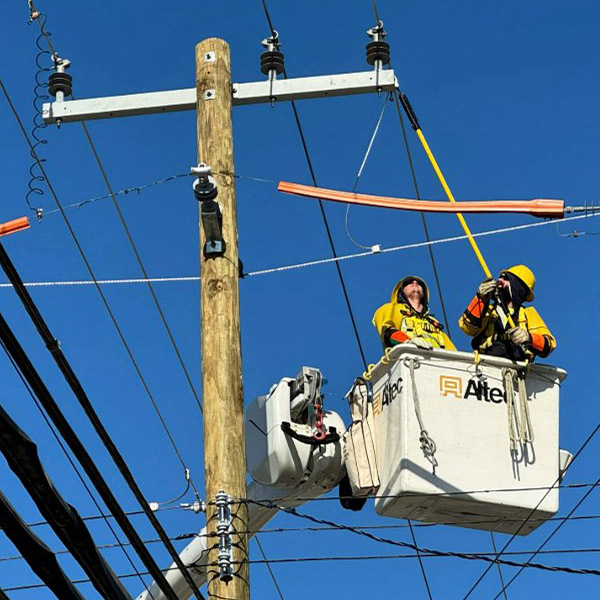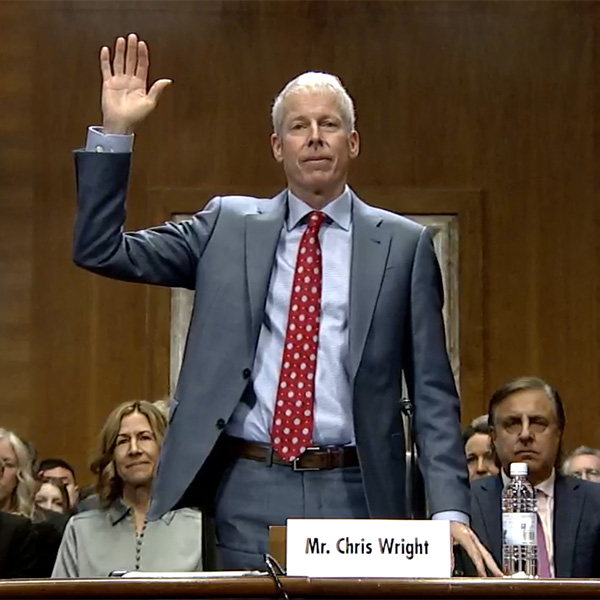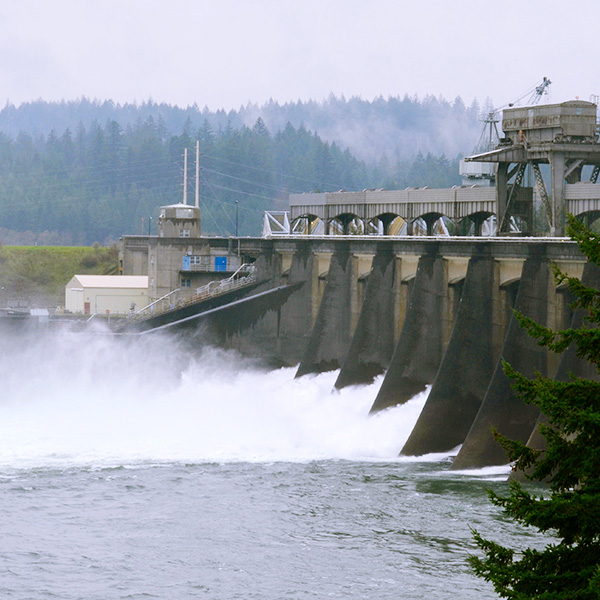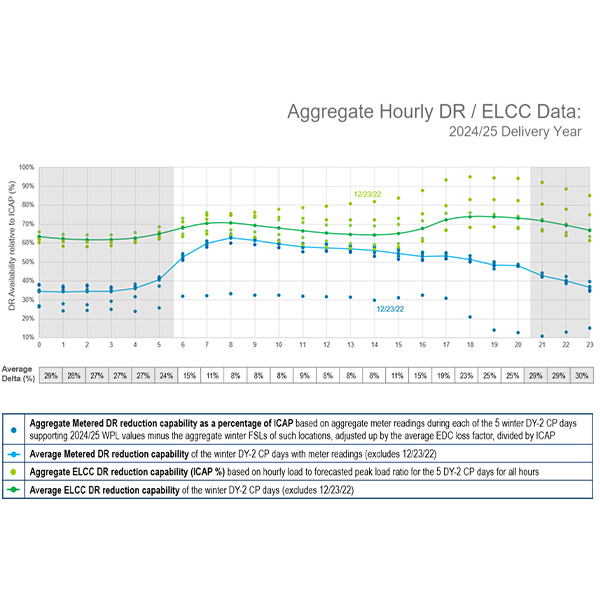Generation
CoalGeothermalHydrogenHydropowerNatural GasNuclear PowerOffshore WindOnshore WindOperating ReservesRooftop/distributed SolarUtility-scale Solar
The SPP Markets and Operations Policy Committee has approved tariff revisions that would implement dispatchable transactions in the real-time energy market.
Managing the often-at-odds priorities of affordability, reliability, and decarbonization will require a delicate balance of innovation, market reforms, and stability, industry experts said at the Northeast Energy and Commerce Association’s Power Markets Conference.
Among other actions, the PJM Markets and Reliability Committee and the Members Committee will consider endorsing various manual revisions.
The 2,600 GW of wind, solar and storage sitting in interconnection queues across the U.S. represent a major imbalance in energy resources that could lead to brownouts or blackouts, former North Dakota Gov. Doug Burgum (R) said during his Senate confirmation hearing.
FERC approved price formation reforms for SPP and set questions around resource accreditation for additional proceedings in a pair of orders issued at its regular monthly meeting.
The U.S. Department of Energy has made conditional loan commitments totaling $22.9 billion to utilities for transmission, pipeline and clean power investments.
Chris Wright, President-elect Donald Trump’s nominee to head the Department of Energy, positioned himself as a supporter of an all-of-the-above approach to developing generation and transmission before the Senate Energy and Natural Resources Committee.
BPA is not planning to acquire any major energy resources but is taking steps to ensure it’s ready in case those predictions should change, staff said during a presentation of the agency’s 2024 Resource Program.
With days left in his administration, President Joe Biden issued an executive order aimed at siting and permitting cutting-edge artificial intelligence data centers on federal land by 2027.
PJM presented stakeholders with proposed manual revisions to implement a requirement that dual-fuel generators must offer schedules with both of their fuels into the energy market during the winter, as well as changes to the operational and seasonal testing for capacity resources.
Want more? Advanced Search









